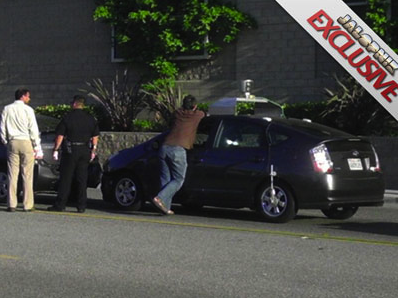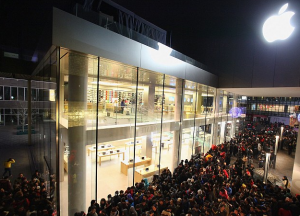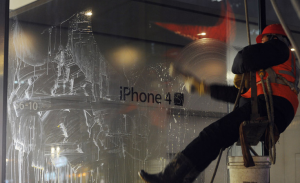Response blog: Why Google’s Self-Driving Car is a Game-Changer(brandchannel)
Autonomous cars are years from mass production, but technologists who have long dreamed of them believe that they can transform society as profoundly as the Internet has. Google launched the self-driving car which is using Google’s pioneering self-driving technology. The technology was developed with the goal of making driving safer for everyone, eliminate traffic jams, and bring people to their destinations without getting lost.

People who are not able to drive safely on the road — like people with vision loss, people in wheelchairs, or elderly people with age-related physical or cognitive disabilities, may rely on alternative technologies or services to achieve the sense of independence and control. Robot drivers react faster than humans, have 360-degree perception and do not get distracted, sleepy or intoxicated. The technology could double the capacity of roads by allowing cars to drive more safely while closer together. Because the robot cars would eventually be less likely to crash, they could be built lighter, reducing fuel consumption. The car can be programmed for different driving personalities — from cautious, in which it is more likely to yield to another car, to aggressive, where it is more likely to go first.
But the advent of autonomous vehicles poses thorny legal issues. Under current law, a human must be in control of a car at all times, but what does that mean if the human is not really paying attention as the car crosses through, say, a school zone, figuring that the robot is driving more safely than he would?

Google’s first self-driving car crash was on Aug 5, 2011 in California. People are worried about self-driving cars because the complicated set of lasers and imaging systems thought it was just looking at its shadow. Google has never answered the question of who’s ultimately responsible for any accidents that happen while the software controls the vehicle.

The biggest battle in auto safety today involves keeping drivers focused on driving. Google’s self-driving car seems like the ultimate distracted driving machine. And in the event of an accident, who would be liable — the person behind the wheel or the maker of the software?














